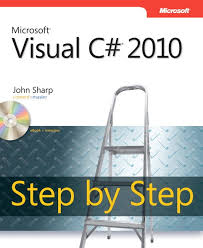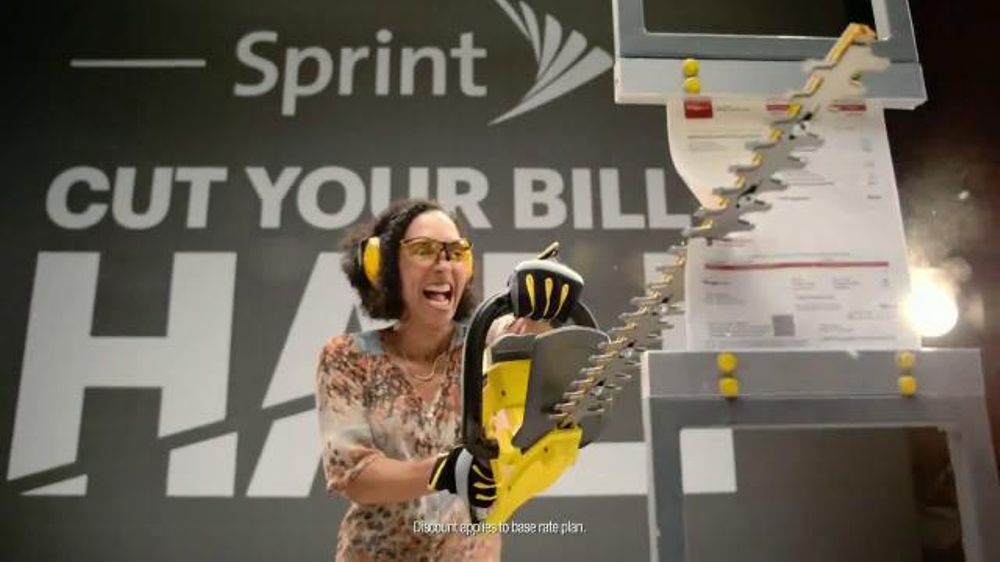About Me
I've been passionate about technology and creativity since the 90s, when I was first exposed to computer hardware and networking in grade school. My uncle Alan, a tech enthusiast, introduced our family to our first computer. Before long, I was gathering with cousins in his basement for epic LAN gaming sessions. At that time, the internet was very different from today. There was no matchmaking, no cross-play, and dial-up connections made multiplayer gaming a real challenge. If you wanted to play games like Half-Life or Counter-Strike, you needed to know someone with space for a LAN, rent out a youth center, or attend a bring your own computer event.
Those early experiences gave me a deep appreciation for how far technology has come. Many things we take for granted today, such as automatic updates and seamless online play, required hands-on problem-solving. We had to edit configuration files, swap out game assets, and make sure everyone was on the same version. When Valve released Steam in 2003, it started as a simple patch delivery tool. It would be some time before it became the massive platform it is now.
For me, gaming was the gateway to programming and software development.

Before I got into web and software development, I played in a successful alternative rock band in the Chicago area. We started out in small local venues in the Chicago suburbs, eventually building a following that allowed us to headline weekend shows at the House of Blues in Chicago. As interest in the band grew, we began touring both regionally and nationally.
Life on the road gave me a firsthand look at the realities of the music business. I quickly learned that many bands I admired were not making as much money as I had imagined. Most musicians supported their careers by running businesses on the side, such as design agencies or HVAC companies, to fund their rock and roll dreams. This realization made me rethink my own path. I enjoyed the creative process of making music and the energy of performing on stage, but I did not love the constant travel or the downtime between shows. I wanted a skill that could provide stability and new opportunities, while still allowing me to pursue my love for creative endeavors and the creative process as a whole.


During one tour stop in El Paso, Texas, I picked up my first two programming books at a Barnes & Noble: "XNA 4.0 Game Development By Example" and "Visual C# 2010 Step By Step." My love for gaming inspired me to dive into software development, and I soon built an XY-axis shooting game using C# and the XNA framework. That project became my first portfolio piece and helped me demonstrate my understanding of object-oriented programming when I started looking for a new career.
After finishing my time with the band, I reenrolled at Elgin Community College to study Computer Science, having previously earned an Associate of Arts degree there. However, I quickly realized that the skills I had developed on my own far surpassed what was being taught at the community college level. Balancing two jobs and full-time classes, I found it discouraging to pay for courses that covered material I had already learned through books and online resources.
Fortunately, a conversation with a lifelong friend who worked in software development became a turning point. I showed him the XY-axis shooting game I had built, hoping for a code review and some honest feedback. He was impressed with my work, but pointed out that, given my limited experience and formal education, landing a software developer role right away might be tough. He suggested that starting in a QA role could be a great way to get my foot in the door and learn the business from the inside.
Before enrolling for a second year at Elgin Community College, I interviewed with F&I Admin in Lombard, IL. During the interview, I showcased my shooter game and explained my understanding of object-oriented programming. To my surprise, I was offered an intern software developer position. The company saw potential in me and encouraged me to learn their business, which focused on auto insurance claims processing for Allstate Insurance.
Their claims platform was built on ASP.NET MVC and had to support early versions of Internet Explorer. This was an eye-opening experience, especially since I was already exploring emerging web development with tools like Node.js and early front-end frameworks such as AngularJS. Working at F&I Admin helped me understand the challenges of legacy systems and why the web was evolving so rapidly.
Six months later, I was offered an opportunity to join a startup that was embracing modern web frameworks and technology. I decided to take the leap and joined Validas. While I appreciated the experience and mentorship at F&I Admin, I knew that staying there long-term would limit my growth. The web was undergoing a major transformation, and demand for JavaScript developers was exploding as more companies adopted new technologies. I wanted to be at the forefront of that change.
Validas, based in Missouri City, Texas, had already made a name for itself by analyzing phone bills for large companies and government entities. Their platform could process massive volumes of bills, identify discrepancies, and help clients dispute charges to reduce costs.
My role was to work with the team to develop a bill parser for consumer cellphone bills. The goal was to allow users to upload their phone bills and have our system analyze them for potential savings.
At the time, the telecom industry was anything but standardized. Unlimited minutes, text messages, and international calling varied widely, and many users were grandfathered into legacy plans. Even within a single carrier, bill formats could differ dramatically, and new formats would surface unexpectedly as users uploaded their statements.

After we built the first working consumer prototype we faced a funding squeeze. Cash was limited and the roadmap outpaced available resources. I decided to take a contract detour to keep momentum while the company explored funding options.
I took a short term contract position with Fabless Labs who were working with Deloitte, the largest professional services organization in the United States. I was tasked with contributing to the next release of their tax software for the upcoming season, a web based application. It was my first experience collaborating with a third party design firm instead of working directly with the client or an internal product stakeholder. Near the end of the three month contract Validas reached out and asked me to return to help launch the bill processing platform.
Soon after, Sprint launched a national promotion that encouraged people to upload their phone bills for comparison. The timing aligned perfectly with what we had been building. Interest surged and our parsing engine was pressure tested by real world variety we could not have simulated in a lab. Each new bill revealed edge conditions in formatting, regional taxes, plan bundles, and legacy discount structures. Rapid iteration on parsing rules and data normalization became a daily rhythm.
That wave of attention helped the company secure a significant investment. With new capital came faster growth, expanded expectations, and a constant push to deliver more insight with clearer user experience. I leaned into architectural decisions, internal tooling, and reducing friction for the rest of the team so product ideas could move from concept to production more quickly.
Over time the sustained pace, context switching, and emotional load of an always on startup cycle started to erode clarity and motivation. The signals were subtle at first: longer recovery after releases, reduced creative spark, and less satisfaction when milestones landed. I recognized I was heading toward burnout if I did not reset.
Stepping back was not about quitting or losing interest in building. It was a deliberate decision to protect long-term effectiveness and personal health. That pause let me reassess strengths, update my learning approach, and refine the kind of product challenges I want to solve going forward. The lessons from that season continue to shape how I evaluate scope, communicate tradeoffs, and sustain momentum without sacrificing quality or focus.
In early 2017 I joined Real Sees, LLC, where we built web applications and API integrations for mid sized businesses. That work became the precursor to a new effort called Green Data.
In the summer of 2018, during the cryptocurrency surge and the Initial Coin Offering boom, investor interest was high. A former coworker had an idea for a data storage system and a distributed electronic ledger. We filed a patent for the approach: 20210157942 (PDF).
He focused on back end engineering and I focused on user interfaces and services. I built several interfaces and APIs to manage and visualize data for supply chain workflows. The patent describes an immutable and secure ledger that tracks events and performance. Users could verify throughput and quality in real time across a chain of custody.
After the patent filing I stayed on as a consultant, occasionally returning to maintain and extend the existing UI.
In the summer of 2021 I started working with P3T, originally called Pet Assistant before a shift in direction. I was brought in to build a prototype for a pharmacy benefit manager in the pet and veterinary space. A separate team launched an online pharmacy in 2023 that did not meet expectations and the team was let go. Our group was asked to stabilize the pharmacy so the sales team had a product to sell while we developed an insurance aggregator.
Pet insurance integrations were challenging. Many partner APIs were slow, struggled at scale, and had limited documentation. We used SignalR, an open source ASP.NET Core library for server to client updates over web sockets, to stream plan results as they arrived. Some providers took close to a minute to respond, so streaming results improved the experience and prevented us from overwhelming partner systems. The aggregator supported multi tenant and white label configuration, which allowed reselling to partners who wanted to choose which insurers to include.
Independent Pet Group had been acquiring smaller insurers and was interested in the technology. During integration we uncovered several data issues and API problems that led to meaningful improvements in speed and accuracy. That diligence helped secure a significant investment in P3T and funded the pharmacy effort. We applied the same multi tenant and white label approach to the pharmacy catalog, letting partners choose items from Heartland Vet Supply, a pharmacy P3T acquired using the new funding.
Late in 2024 funding tightened, and by the spring of 2025 the company reduced staff.
I took time to reset and explore. Over the summer I built Plot Twist, a story telling playground that integrates several large language models and features an in app agent named Calliope. It is rough around the edges, which makes it perfect for rapid learning and experimentation. The long-term goal is a platform that helps people who feel intimidated by writing to create audio first books with guidance from an assistant.
I also formed two companies. Chris Rogers Web Dev LLC focuses on improving the web presence of small and mid sized businesses through websites, search optimization, and digital marketing. Neurocore Technologies is an AI solutions company that develops intelligent agents and process automation tools for businesses, with a focus on reducing operational costs and increasing efficiency through strategic AI deployment.
Neurocore Technologies leverages a hybrid AI approach that balances local processing with cloud capabilities, emphasizing data sovereignty and intelligent routing. Our work includes AI agent development, process automation, creative AI platforms, and enterprise AI deployment. The Plot Twist project exemplifies our commitment to pushing the boundaries of AI applications while maintaining practical business value. With 35+ years of combined experience and a track record of helping raise over $44M in startup funding, Neurocore is positioned to help organizations transform their operations through intelligent automation.
Let's Work Together
From my early days in the Chicago music scene to building platforms that have attracted $44M in funding, my journey has been driven by creativity, problem-solving, and a passion for building things that matter. Whether you need a trusted partner for enterprise development or want to bring your small business vision to life, I bring the same dedication to every project.